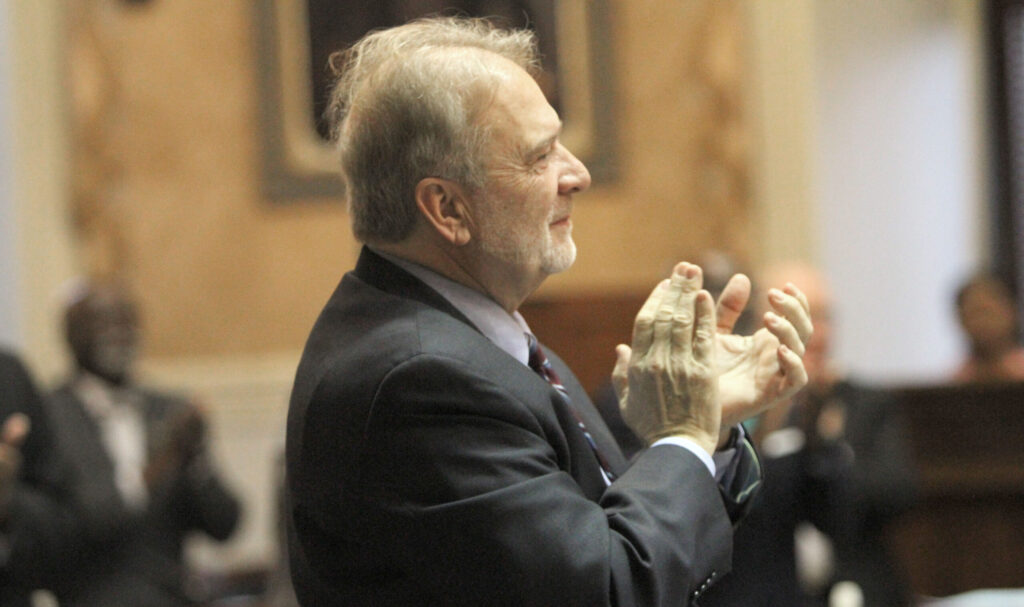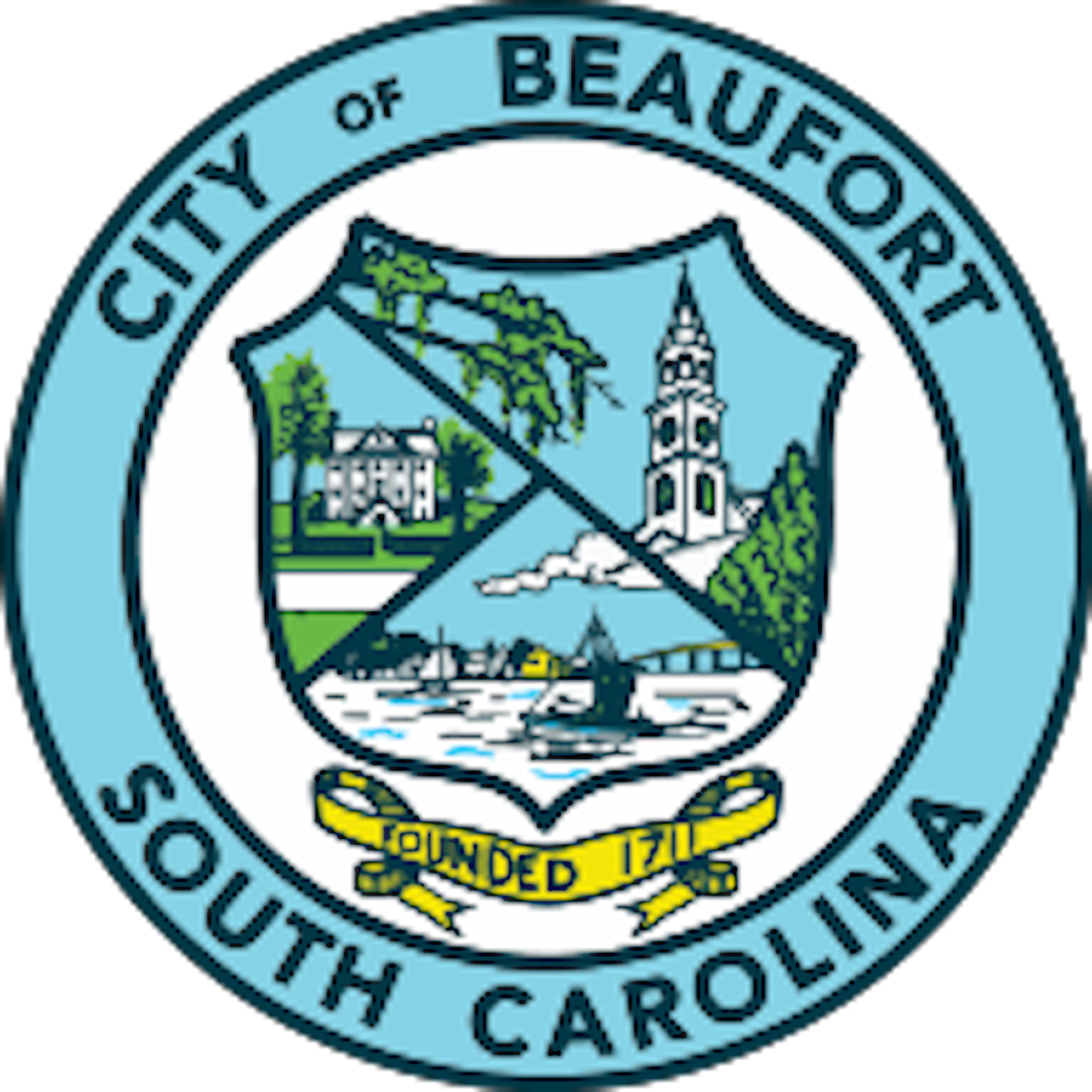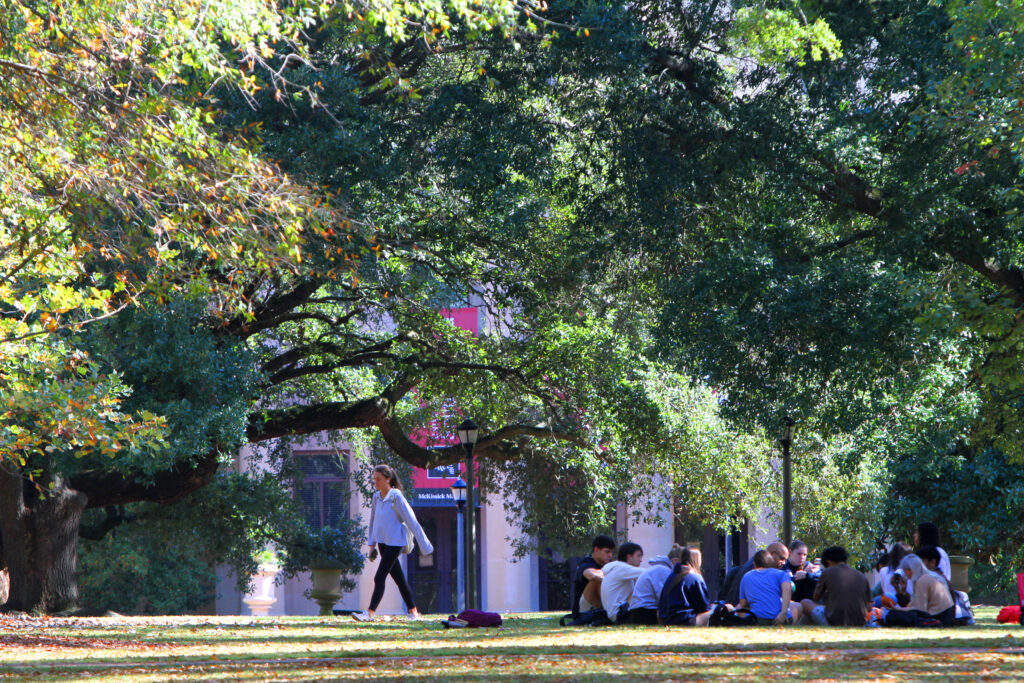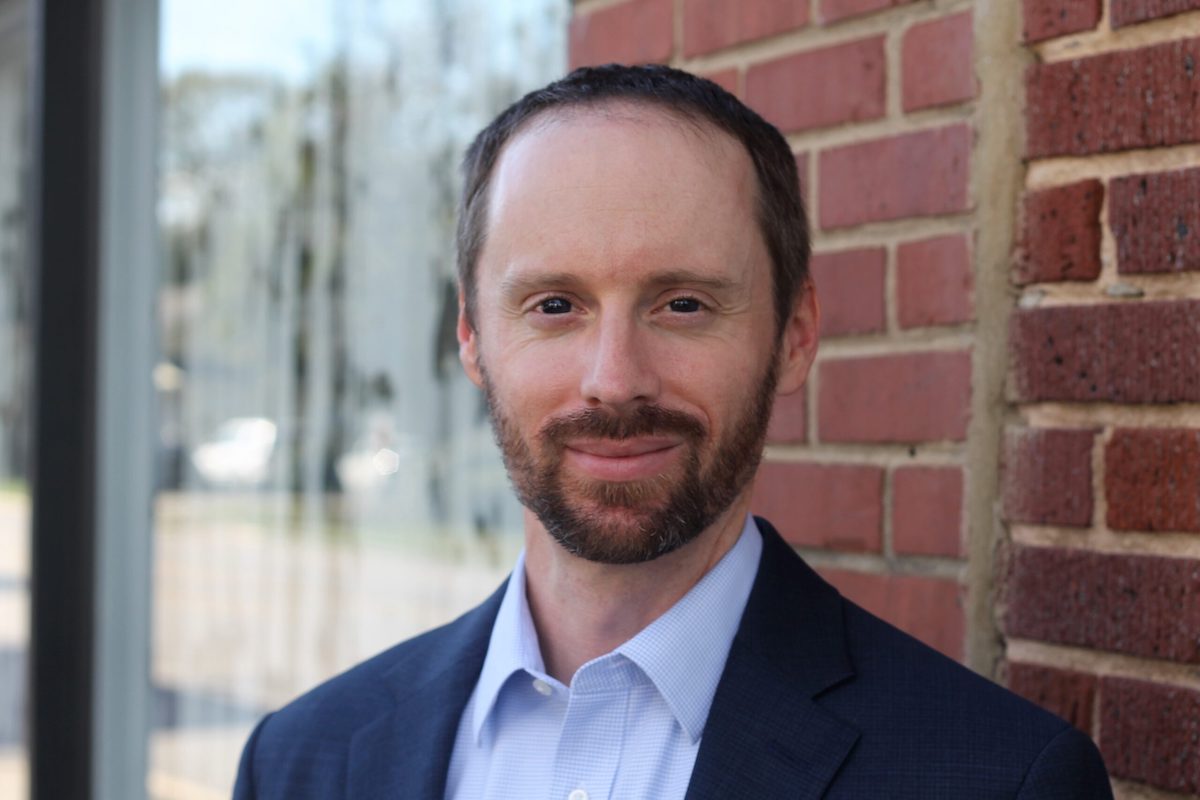Proposal would forgive up to $30,000 in student loans in exchange for serving rural patients
By Jessica Holdman
COLUMBIA — South Carolina needs more doctors for its rural areas. One lawmaker wants the state to cover a portion of medical students’ loans to get them there.
Senate Minority Leader Brad Hutto proposes reimbursing medical professionals’ student loan payments, up to $30,000, as long as they commit to work full time for two years in a rural area or with underserved patients in an urban setting. If they work in the community less than 36 hours a week, they must commit to four years there.
Payments would begin in the healthcare worker’s final year of clinical education.
“We welcome the advancement of telehealth, but nothing can replace actually having a doctor in a community,” said Hutto, whose district spans six rural counties.
The Orangeburg Democrat sponsored the same bill two years ago, but the measure never gained traction.
This year, Hutto is leading a special committee tasked with studying the impact of a law signed last year that eliminates South Carolina’s half-century “certificate of need” bureaucratic process. The phased-in repeal of rules requiring hospitals to get permission to build, expand or buy expensive medical equipment started last summer.
Hutto is hopeful the study will put a spotlight on rural healthcare and give some momentum to his bill.
“It’s time to address the state of healthcare in rural South Carolina,” said Hutto, who represents some of the state’s poorest counties.
Some of the communities Hutto represents no longer have a hospital. But he remembers a time when every little town had a doctor. Tiny Holly Hill (in Orangeburg County) had three. Now, many people in his district must drive 45 minutes for medical care.
Why the decline?
Today, barriers are stacked up against those who may consider a rural practice, said Dr. Kevin Bennett, who heads the Center for Rural and Primary Healthcare at the University of South Carolina.
For starters, rural residents are less likely to carry health insurance or are more likely to be on Medicaid, which reimburses doctors for services at a lower rate.
“So, it’s a little bit harder financially to set up a brand new practice,” Bennett said.
It’s also difficult to find and keep staff, from nurses to front desk workers to janitorial workers. At the same time, finding alternative employment for a spouse can be hard.
Being the only doctor in a community is also an obstacle when there is no one to consult on troubling cases or no one else to share on call time so people can take time off.
And the lifestyles of these new graduates may not be suited to rural living, Bennett said.
“Often they’re younger,” he said. “If they’re married, they may want to have a family. So, they look at school districts. They look at parks. They look at those opportunities, and those are in lower supply in rural communities.”
Combine all that with the debt load, Bennett said.
The median medical school loan debt is $200,000, according to the latest data from the American Association of Medical Colleges.
“It’s all these barriers,” Bennett said. “Once you get over one hurdle, you have another one and another one and another one to try to figure out how to get the right person in the right spot.”
By contrast, practicing in urban or suburban areas comes with a higher rate of privately insured residents, more available housing and neighborhoods with amenities like pools, good school districts and after-school programs.
“So, you have to find that right person who is from a rural community, who really wants to go back and serve that rural community,” Bennett said.
It helps, he said, when medical school students do their residency studies in a rural area.
“You train and you practice in rural in your residency and you realize, not only is this doable, but this is really what you want to do. It’s very rewarding and impactful,” Bennett said.
Hutto’s proposal is not the first time added financial incentives like this have been tried, though it would be on a larger scale than past programs.
Other attempts
Bennett’s center previously received state funding through the state’s Medicaid agency to cover medical school tuition for people studying to be doctors, physician’s assistants or nurse practitioners.
As long as the graduates worked in a rural community, each year the center forgives a portion of the money it paid on the student’s behalf. After four years, the entire loan is forgiven.
As a result, over the next five years, about 35 doctors will go to work in rural South Carolina.
But the center has since discontinued that program, pivoting instead to an annual bonus program for working physicians.
In partnership with the state’s largest hospital system, Prisma Health, the center is piloting a program to pay up to 11 doctors — four family medicine providers, four psychiatrists and three obstetricians — between $30,000 and $50,000 annually over the next four years in exchange for working in a rural community.
Rather than covering students’ costs and waiting the seven years it takes them to get through school and residency, it makes an immediate impact, Bennett said, by putting eligible doctors straight to work in rural settings.
So far, Prisma has filled at least six of the spots. Because of the partnership, they’ll be able to keep one of their maternity wards open that was in danger of closing due to understaffing in the Upstate.
Bennett said the Upstate doctors will go to work in either Oconee County or Laurens County, two communities that are largely rural but also serve surrounding rural residents, so they don’t have to drive all the way to Greenville or Columbia.
There will also be doctors in Sumter. While Sumter itself is less rural, the facility also draws patients in from a 30-mile radius and saves them from driving 45 extra miles to Columbia.
“The financial incentives are fine as far as Band-Aids go, but they’re really kind of a reactive correction rather than a proactive one,” Bennett said.
An effective proactive approach, he said, would be to recruit middle and high school students from rural communities into medical careers and give them academic support, such as test prep for the medical school admissions test, the MCAT.
Hutto agrees, highlighting an existing program within Orangeburg’s charter schools for students interested in nursing or becoming a doctor.
“If you’re from a community like that, you’re gonna be more likely to go back and serve it,” Bennett said.
Jessica Holdman writes about the economy, workforce and higher education. Before joining the S.C. Daily Gazette, she was a business reporter for The Post and Courier.











